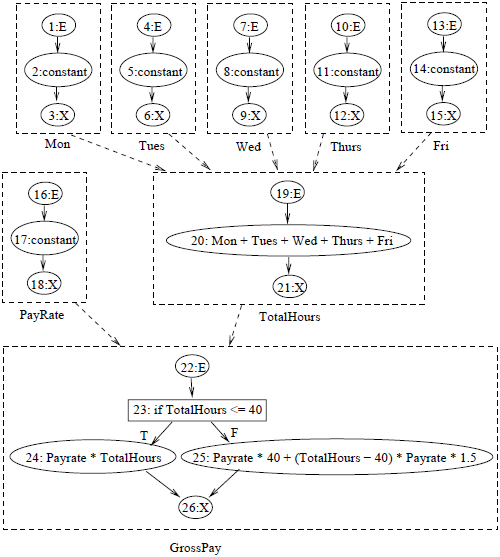Authors
Marc Fisher, Dalai Jin, Gregg Rothermel, & Margaret Burnett
Abstract
Spreadsheet languages are widely used by a variety of end users to perform many important tasks. Despite their perceived simplicity, spreadsheets often contain faults. Furthermore, users modify their spreadsheets frequently, which can render previously correct spreadsheets faulty.
To address this problem, we previously introduced a visual approach by which users can systematically test their spreadsheets, see where new tests are required after changes, and request automated generation of potentially useful test inputs. To date, however, this approach has not taken advantage of previously developed test cases, which means that users of the approach cannot benefit, when re-testing following changes, from prior testing efforts. We have therefore been investigating ways to add support for test re-use into our spreadsheet testing methodology.
In this paper we present a test re-use strategy for spreadsheets, and the algorithms that implement it, and describe their integration into our spreadsheet testing methodology. We report results of a case study examining the application of this strategy.
Sample

The du adequacy criterion is defined in terms of an abstract model of spreadsheets called a cell relation graph (CRG).
A CRG consists of a set of cell formula graphs (enclosed in rectangles in the figure) that summarize the control flow within formulas, connected by edges (dashed lines in the figure) summarizing data dependencies between cells.
Each cell formula graph is a directed graph, similar to a control flow graph for imperative languages, in which each node represents an expression in a cell formula and each edge represents flow of control between expressions.
Publication
2002, 13th International Symposium on Software Reliability Engineering, November, pages 257-268
